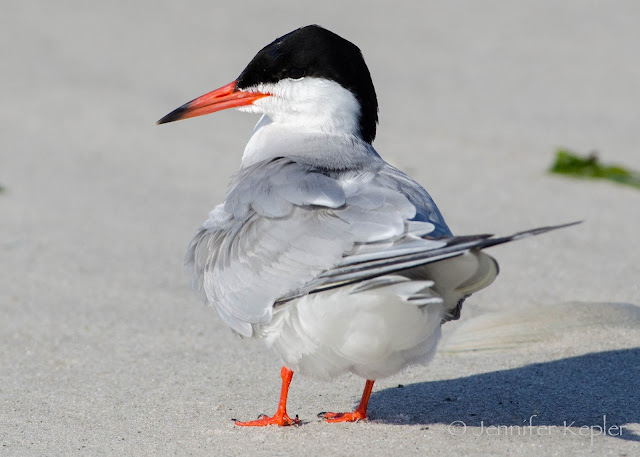I walked through Prospect Park from the zoo back to home, hoping to finally see the least bittern (spoiler alert, I didn't see it). But I saw all this other stuff!
While most of it was the regular crowd, as I almost walked out of the corner of the park that leads me home, I spotted a gathering of waterfowl, and I made a B-line for it.
For the next week I will be devoid of computer and cell phone as I will be on an island with birds-- so this is going to be kept short and sweet for now as I have stuff to do before I wake up tomorrow. Enjoy!
 |
| Honey Bee on a cone flower. |
 |
| Another wood duck family by the boat house, this mama has three! |
 |
| Family Snuggle!!! |
 |
| Blue Dasher on the Lullwater |
 |
| Someone has their summer vacation planned, destination, Brooklyn, NY. |
 |
| American Coots are common in winter. But in summer, they don't usually stick around. |
 |
| While observing the coot I heard this raspy squeak of a call, and another Mama Wood duck, the same I saw last week came by-- still with 7 chicks in tow! |
 |
| They are getting so big! |
 |
| The coot is not looking like he wants to share. |
 |
| Another summer vacationer, a ring-neck duck. Again, they hang here in the winter, but summer? Not so much. |
 |
| Perhaps this duck and the coot are looking to have a wild and crazy summer in Brooklyn. |
 |
| Just when I thought this little corner of the lake couldn't get better... a parade of behbeh wood ducks marched toward me! |
 |
| This was when I figured can't get better than this moment, so leave on a good note because I have stuff to do tonight! |
I look forward to sharing the adventure my friend and coworker Molly and I will be partaking in for the next week! Be back in a week or so!









































































